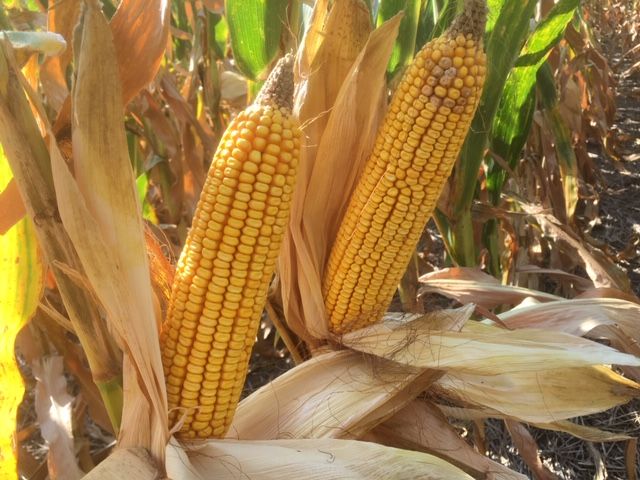US farm subsidies in the «amber box» totaled $ 18.247 billion in the business year ending 2020, the US government reported to the World Trade Organization (WTO).
The year began on October 1, 2019 and ended on September 30, 2020.
What is the amber box? A category of agricultural subsidies that distort international trade.
In this regard there are two important considerations:
- The level reached was almost at the ceiling of the “amber box” agricultural subsidies that the United States committed to granting as part of its commitments in the WTO.
- Above all, the increase originated to compensate for the retaliatory tariffs that China imposed on imports originating in the United States as part of the trade war between the two nations.
The subsidies were directed to a greater extent to the production of corn (4.636 million dollars), beef and calves (4.614 million), dairy products (2.396 million), soybeans (1.900 million) and sugar (1.837 million).
Farm subsidies
Beginning in 1995, the limitations of the WTO added a new dimension to national agricultural policy.
Under the Uruguay Round Agreement on Agriculture (URAA), the United States and other countries agreed to prevent the total value of trade-distorting domestic support to farmers from exceeding predetermined maximum levels and to notify the WTO of the expenditure of annual domestic support.
Thus, the United States agreed to limit aid to the agricultural sector that was considered to be trade distorting or “amber box”, as measured by the Global Aid Measure (AMS), to $ 23.1 billion in 1995, decreasing to $ 19.1 billion in 2000. .
The real US value of the AMS level decreased in the 1995-97 period, but by 1999 it had risen to more than 85% percent of the limit.
The rise was due to an increase in profits from marketing loans and other price-sensitive payments, as market prices fell in 1998-2001.
Since then, changes in commodity programs and rising commodity prices have kept support below WTO limits.
![]()

